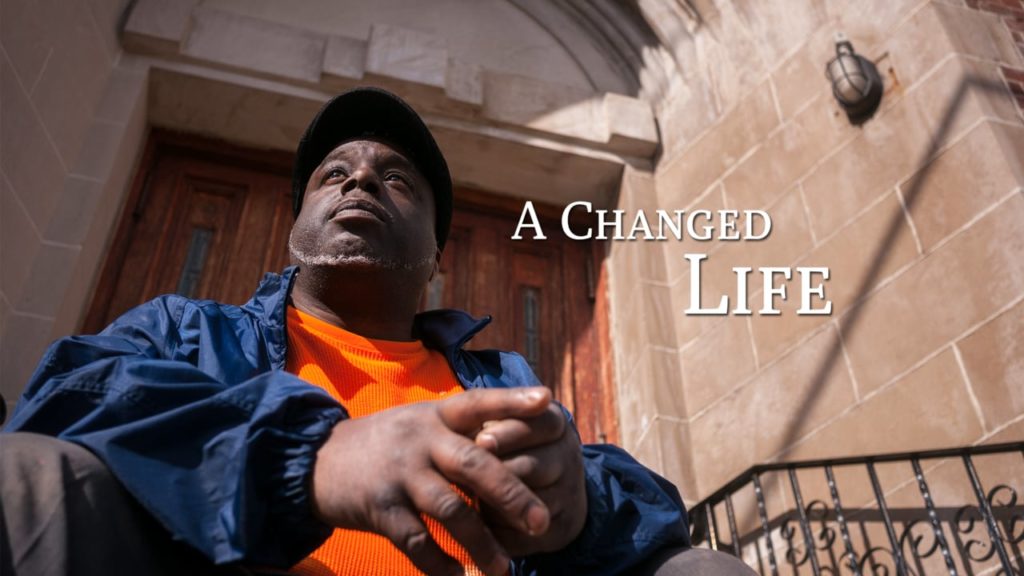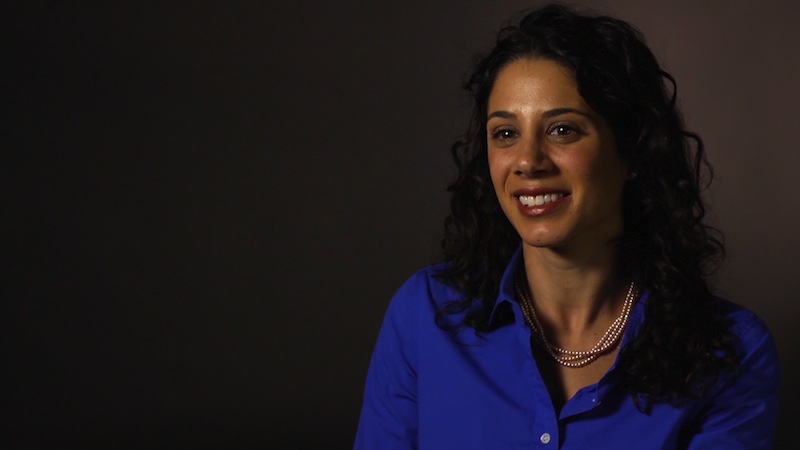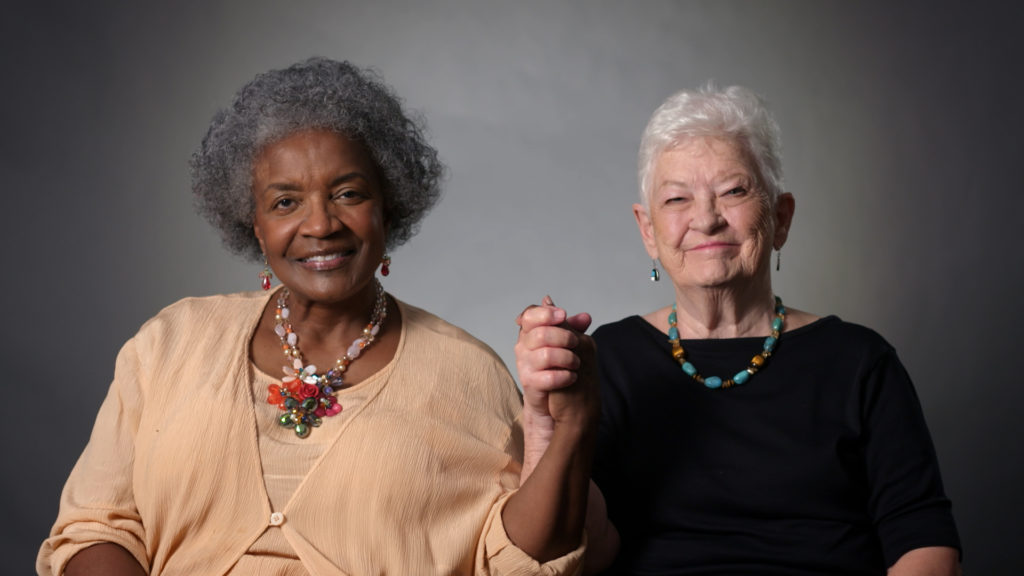Organizations often approach us requesting a single video that will do everything for them. It must communicate the nuance of what they do and how, in an emotional and engaging way. “Oh, and can you do it in 2 minutes or less?” Instead, we recommend a collection of video assets that can serve different purposes on multiple platforms. That means using different approaches. Here are 5 types of video every organization needs and why:
The Identity Video

The identity video most closely aligns with what organizations tend to seek in a single video: it communicates who they are and what they do, but in a streamlined way. The storyline for an identity video might be: “we saw x problem, we found x solution, we are doing it x way, so that we can achieve x vision.” The form of an identity video is flexible. The “voice” can be VO, a series of text screens or interview content, and the imagery can be footage/b-roll, archival, scenes and interviews, motion graphics and animation, or a combination. Identity videos can be effectively and efficiently created after the development of other video content, as you can utilize snippets of interview, scenes and footage from various stories to show a snapshot of an organization. In this identity video we produced for Malteser International, we compiled footage from dozens of video projects produced over the years (by various vendors) and stitched them together with a compelling and simple narrative to demonstrate who Malteser serves, why, how and where. Identity videos can have emotional resonance but they don’t go into tremendous detail and depth. Their purpose is to quickly communicate what an organization does by focusing storytelling efforts on clarity, brevity, and visual punch.
The Impact Video

The impact video focuses on the people whose lives have been changed for the better by an organization. This type of video takes the form of a mini documentary both in style and narrative approach. We learn about someone as they go about their life and observe those moments cinematically. We get to know who this person is and what makes them tick so that we can connect to them and engage in their journey, often from sorrow and hardship to success and redemption. When producing impact videos, we start by working with an organization to cast an individual or family whose lives have been impacted by the work they do and seek opportunities to film this individual as they rebuild their lives. Often that impact only reflects one aspect of the work that an organization does. This is the main limitation of this type of video, which worries many organizations who want their videos to demonstrate a scope of services. Yet what impact videos offer, in spite of the limitations, are focus, depth and opportunity for emotional connection, often making them the most successful type of video an organization can produce. Their limitations makes the case for a suite of different video deliverables even more compelling. In this impact video , we focused on Ronnie, whose life was significantly impacted by Franciscan Charities.
The Testimonial

The testimonial can be a dry exercise (read: boring talking head), or one that’s exciting and elevating when executed creatively. This is an opportunity for key stakeholders, customers, clients and partners to simply share in their own words how they feel about an idea or problem; you are sitting them down and letting them talk frankly to the camera. The video testimonial can feature a single person or cut between multiple people. It can incorporate footage of the subject along with motion graphics. It can utilize different production approaches: direct to camera, conversational, interview-style, multi-cam. It’s the voice, and the story that matters. Much of the exercise here is selecting good speakers (animated, open, engaging and articulate), asking the right questions, and editing in a way that makes their stories compelling and concise.
The Commercial

The commercial is even shorter in form, typically 15-30 seconds, and functions to convey a feeling or make a direct ask. It’s often carefully scripted, tightly edited, with high production values. The goal of the commercial is to impart a feeling about the organization’s brand, enough to entice people to learn more. It’s an effective video tool for organizations to reach new people, via broadcast, social media or as the first thing they see on the website. The backbone of a commercial is emotion and instant visual indulgence – either in the faces of people, or the action of a place. Here’s one that’s purely visual, centered on shared “moments” to convey a feeling for alumni about their beloved University and here’s one broadcast commercial we produced that focuses on the diversity of people making a direct ask: VOTE!
The Explainer Video

The explainer video does just what its title suggests: it explains an idea or concept. Organizations use explainers to help communicate a complex problem they are seeking to solve. They are chock full of data and information but presented in clear, concise and compelling ways. Though short in form, explainer videos allow you to dive deeper into a problem than you would in the identity video because you are narrowing your focus to one problem area your organization is seeking to solve. Are you solving many different problems? Multiple short explainer videos can be peppered throughout an organization’s website, used in events and in social media to allow audiences and donors to clearly understand the premise of each problem. Oftentimes, animation is an effective medium for explainers because it can be used to quickly illustrate ideas and visualize statistics. Whatever the visual medium used, the explainer video should focus on clearly identifying the problem, why it exists, a few compelling examples, and how your organization is working to solve it. When producing an explainer video, the first step is to understand the problem, idea or concept. Second, select compelling stories or data points that illustrate that problem best. Third, find a logical flow that carries the viewer from one idea to the next, and finally to find the humanity in the problem even when it’s technical. In this explainer we produced in collaboration with animator Joe Ski, we tried to explain the complex problem of dose per container decision-making. We selected a key example to illustrate the problem, wrote a logical narrative flow aided by compelling visuals, and reminded the audience of the human component to this technical effort.